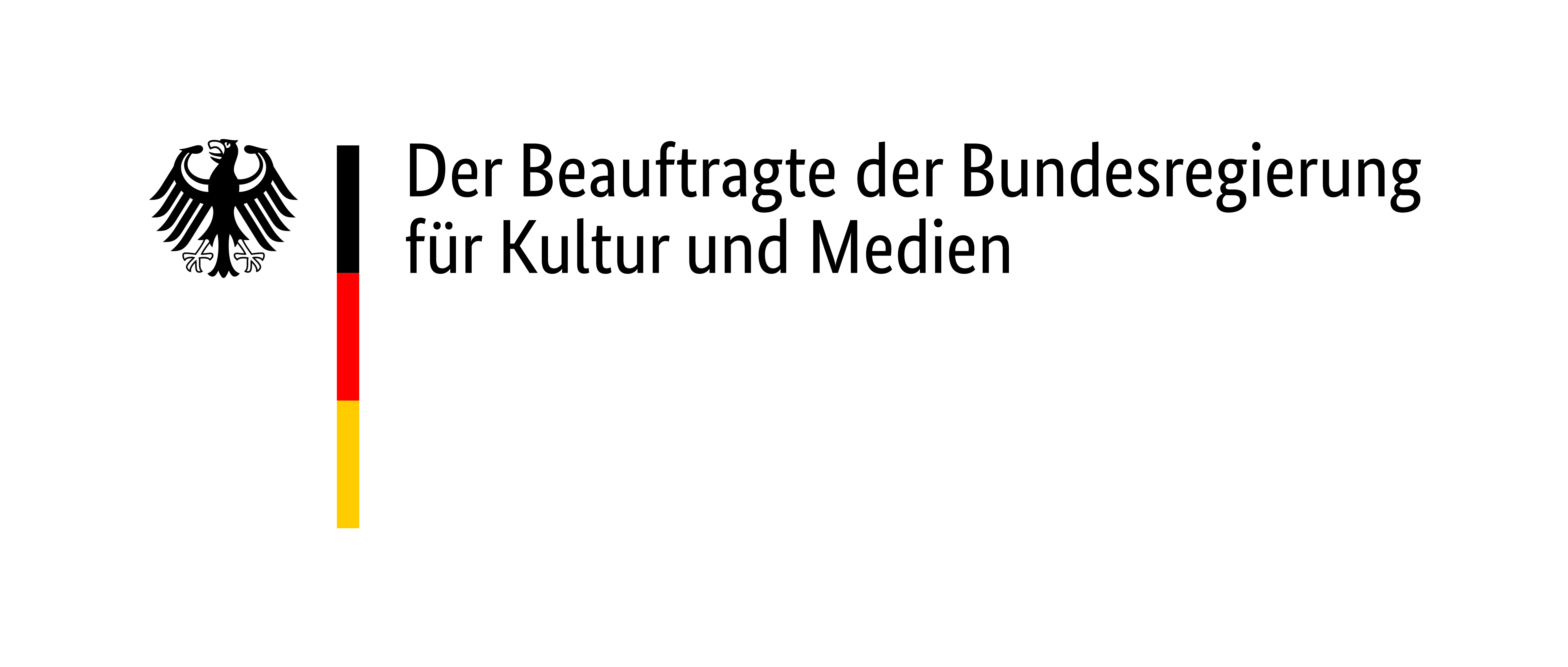
The Frenchman Jean Puissant describes the moment of his departure from Buchenwald:
“The next evening, 20 April 1945, as we were preparing a hearty meal in our charming little room, the sound of engines under our windows, squealing brakes, shouting, trampling and screaming made us poke our heads outside. As soon as we reached the doorstep, someone called out to us: ‘Do you want to come? We still have room. Hurry up!’ We didn’t need to be asked twice. Conversy and I, with our small bundle in hand, were heaved onto the inside of a high truck covered with a tarpaulin where a dozen of our comrades were already seated on chairs. Fanatical frenzy, smoke and an acrid smell of petrol. The truck started to move.”
Jean Puissant, La colline sans oiseaux, Paris 2017 [Paris 1945]







The survivors who were physically able to leave the camp wanted to return home as quickly as possible. Most Western Europeans left in the second half of April, often accompanied by aid organisations from their home countries. For the others, repatriation did not begin until after the war ended on 8 May 1945. The last survivors, mainly from Poland and Yugoslavia, left Buchenwald in August 1945. However, not everyone who left was able to return to their homeland. Jewish survivors in particular often spent years in reception camps, searching for surviving relatives and a new home.

